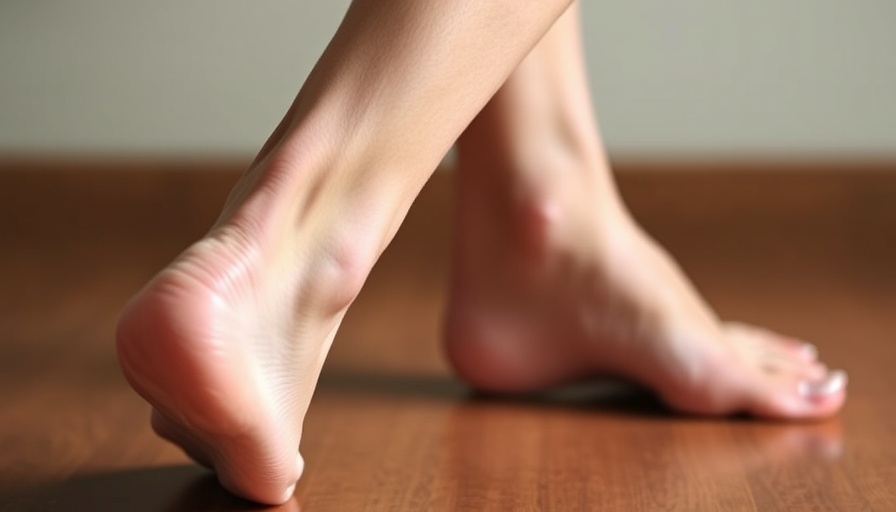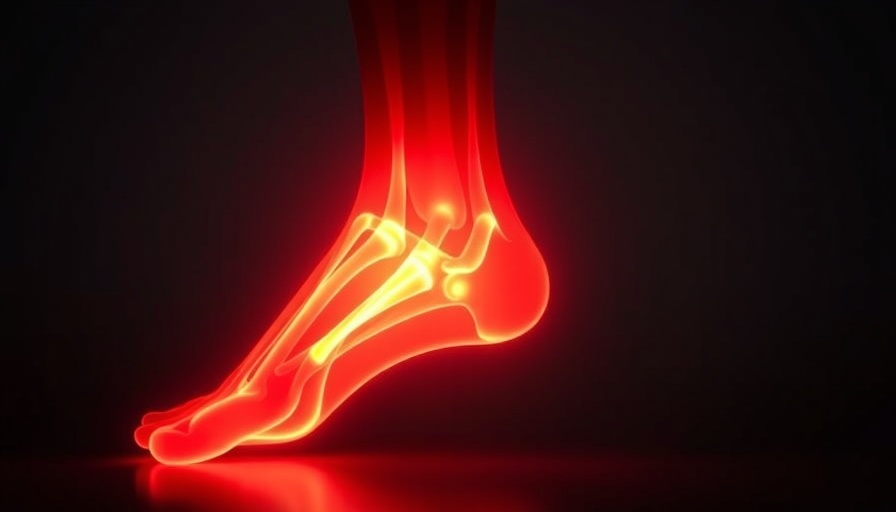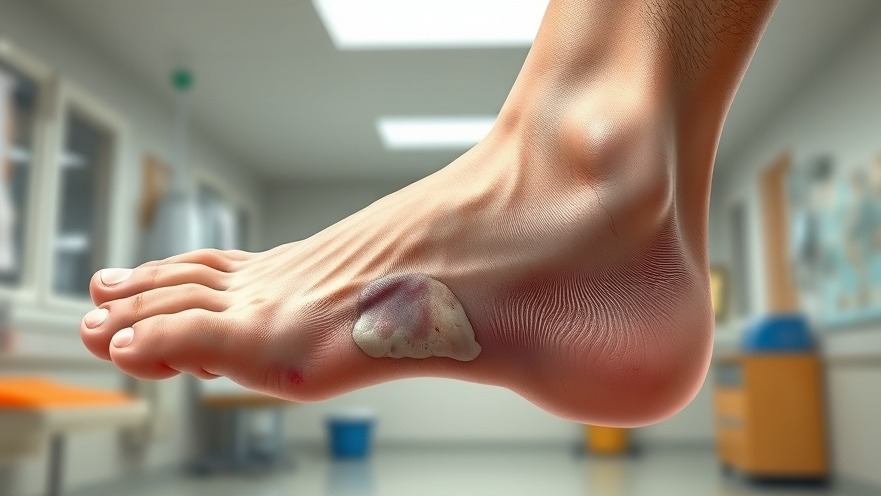
How to Identify Early Foot Complications in Diabetes: A Vital Guide
Growing awareness of diabetes-related health risks is crucial, especially when it comes to foot complications. Diabetes Australia warns that minor injuries can escalate, leading to severe infections, ulcers, or even amputations. However, most complications can be prevented with simple care practices. Understanding how diabetes affects your feet is key to taking charge of your health.
The Four Pillars of Foot Health in Diabetes
The International Working Group of the Diabetic Foot (IWGDF) outlines four main factors that contribute to foot complications in diabetic patients. These are blood glucose levels, nerve health, blood supply, and foot shape. Each of these factors interacts with the others, creating a complex web of potential risks for individuals living with diabetes.
Blood Sugar Levels and Wound Healing
High blood glucose levels (BGLs) can halt the functioning of macrophage cells, the body’s natural defenders against infection. When these cells are compromised, wounds take longer to heal, creating an environment ripe for infection. Maintaining BGLs under 10 mmol/mol is vital. Regular monitoring of your blood glucose through the guidance of your healthcare provider can significantly reduce the risk of foot complications.
Nerve Health: What You Need to Know
High blood sugar levels also affect nerve health. Over time, you may notice subtle changes in sensation, such as tingling, numbness, or a feeling of cardboard on the soles of your feet. These changes can prevent you from realizing when you have a wound. Regular assessments by a podiatrist can help catch these changes early. Tools such as a biothesiometer or monofilaments are standard in these evaluations, providing essential information about your nerve health.
Blood Flow: The Lifeline to Healthy Feet
Diabetes can lead to narrowed arteries and poor blood circulation, affecting healing. Symptoms of reduced blood flow might include cold feeling in your feet, color changes, or cramping pain in the calves while walking. A podiatrist can utilize techniques like a Doppler ultrasound to assess blood flow and ensure that your vascular health supports wound healing.
The Impact of Foot Shape on Complications
Foot shape anomalies can heighten the risk of complications. Conditions such as bunions or hammer toes can create pressure points, making injuries more likely. If you suspect you have foot deformities, it is essential to discuss them with your podiatrist so they may offer targeted care and strategies to alleviate risk factors.
Preventive Measures to Maintain Foot Health
Taking proactive steps to care for your feet can minimize the risk of complications. Here are some essential tips:
Check your feet daily: Look for cuts, blisters, or changes in color.
Moisturize: Use creams to keep your skin hydrated, avoiding between-the-toe applications.
Wear the right footwear: Opt for well-fitting shoes that provide adequate support.
Schedule regular check-ups: Regular visits to your podiatrist can catch issues before they become significant problems.
Control your blood sugar: Work with your healthcare team to keep your BGLs within the optimal range.
Taking Action: Why Regular Health Assessments Matter
Don’t wait for symptoms to arise; take initiative by regularly visiting a podiatrist. Whether you are already experiencing symptoms or are at risk, these assessments can lead to early detection and faster intervention, ensuring better outcomes. Having your foot health evaluated annually, or more frequently if you have known issues, can make a crucial difference in maintaining your mobility and overall well-being.
Staying informed on these potential risks empowers you to take control of your foot health. Embrace proactive measures today and ensure your daily care practices help you avoid severe complications.
As you continue your treatment journey, consider integrating professional foot care services to support your health; searching for terms like "medi pedi spa near me" can connect you with local medical pedicure options.
 Add Row
Add Row  Add
Add 




Write A Comment